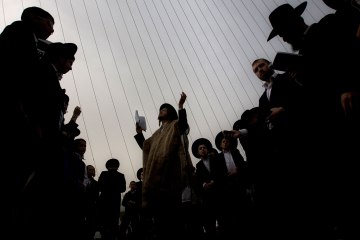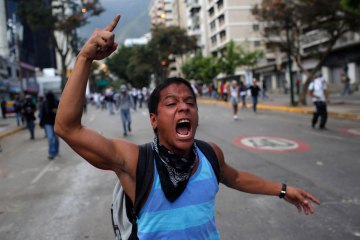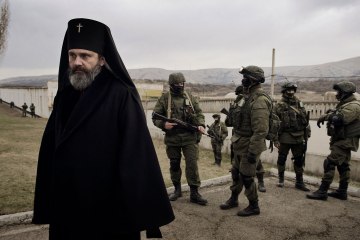On Oct. 8, 1912, the tiny Kingdom of Montenegro declared war on a weakened Ottoman Empire, kicking off what is now known as the First Balkan War. Three other Balkan states in league with the Montenegrins—Bulgaria, Greece and Serbia—rapidly followed suit, waging war on the Turks, the old imperial enemy, while drawing upon a wellspring of national sentiment in each of their homelands. By March 1913, their blood-soaked campaigns had effectively pushed the enfeebled Ottomans out of Europe. Yet by July, Greece and Serbia would clash with Bulgaria in what’s known as the Second Balkan War—a bitter month-long struggle that saw more territory change hands, more villages razed and more bodies dumped into the earth. Some 200,000 soldiers died in less than a year, while countless civilians were slaughtered in pogroms or died of disease and starvation. The conflict, as argued here, in many senses set the tone for the future of war and ethnic strife in the 20th century.
The Balkan Wars: Scenes from the Front Lines
The Balkan Wars began on Oct. 8, 1912. 100 years later, TIME looks at images from one of the 20th century's defining conflicts.
Paul Thompson / FPG / Getty Images
Macedonian rebels advance along the road to Salonica (now Thessalonika, Greece), then a bustling, largely Jewish port city under Ottoman control, in a photo dated from 1912.






